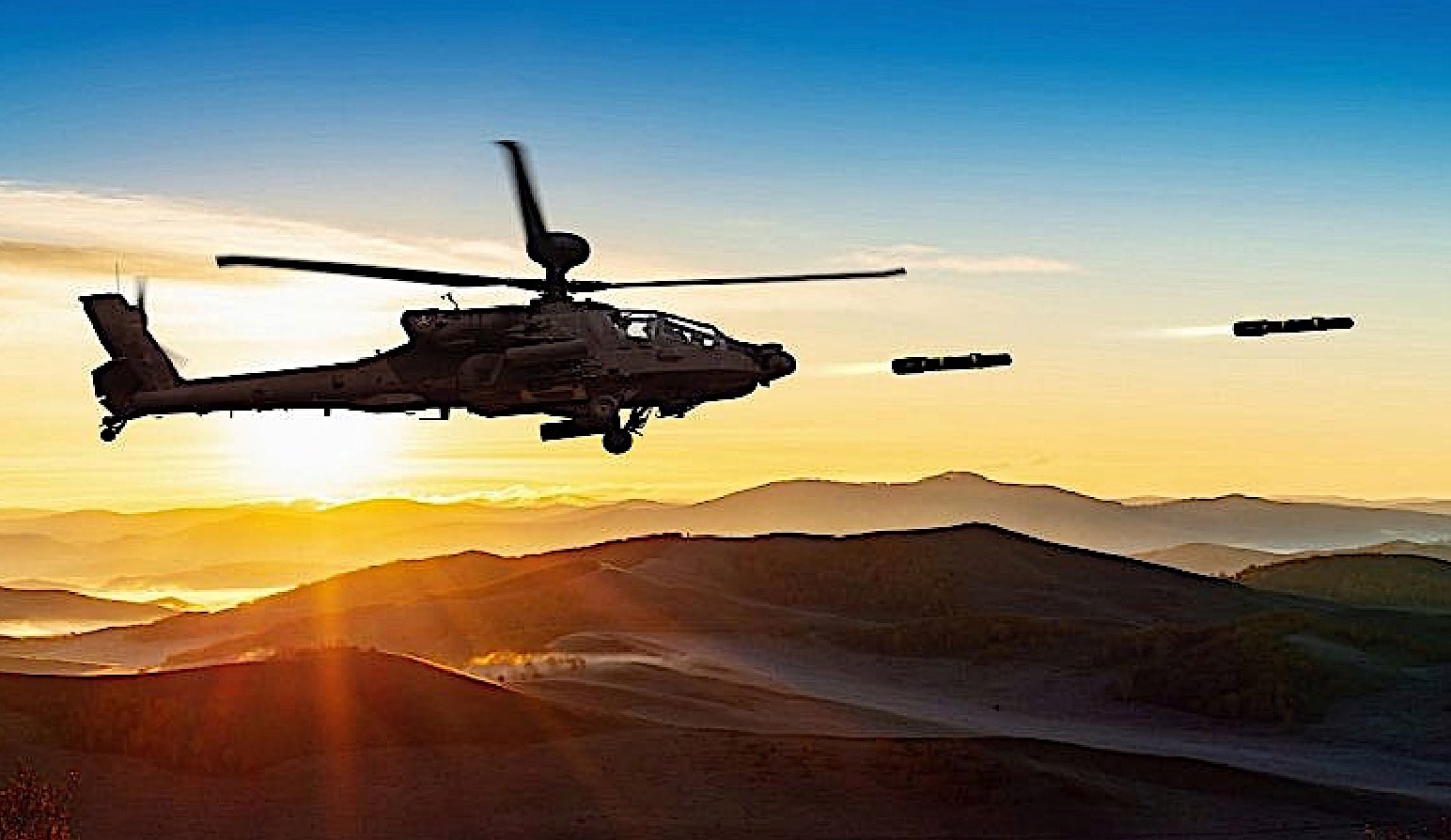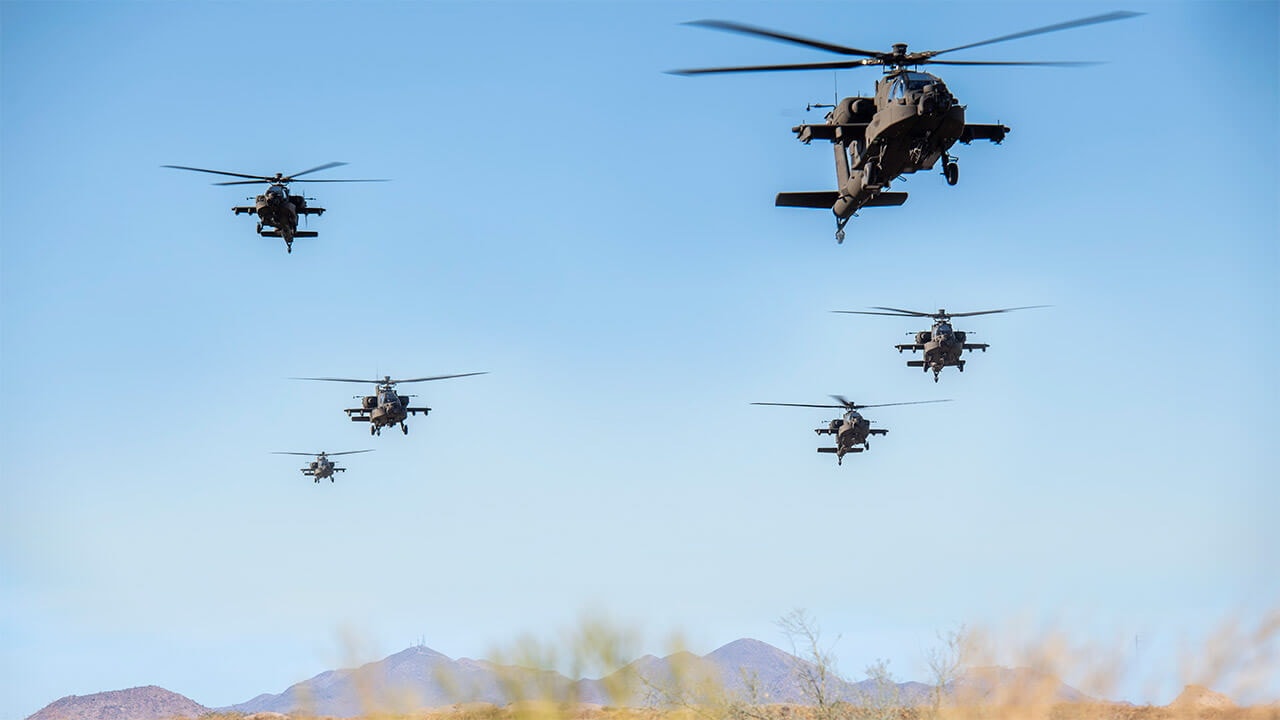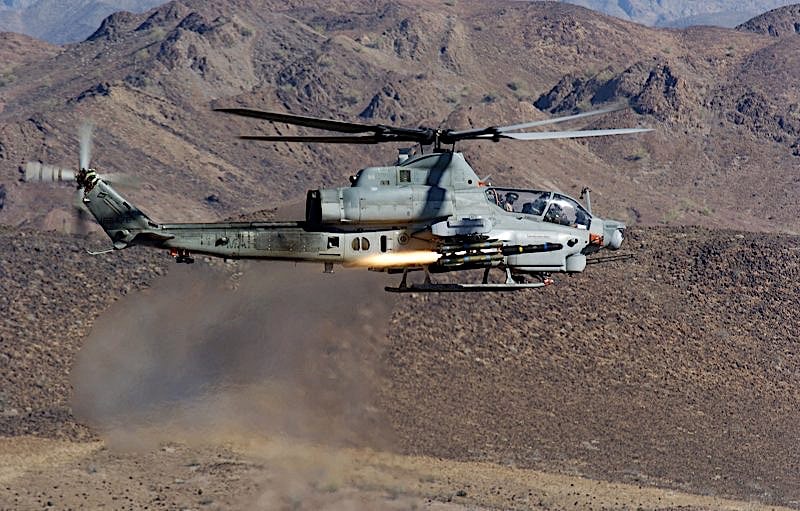The iconic AH-64 Apache, a mainstay in the skies for decades, is undergoing a significant modernization. Despite its formidable capabilities, the aging platform requires constant upgrades to maintain its edge. The latest iteration, the AH-64E Version 6 (v6), introduced in 2020, continues this evolutionary trend.
Recently, it successfully test-fired the Lockheed Martin Spike NLOS missile, expanding its arsenal and tactical options. Lockheed Martin has once again taken the lead in enhancing Apache’s capabilities. The defense giant has secured a contract to develop and integrate a new electronic warfare system across all Apache variants.

This new system, the APR-48B, leverages advanced microelectronics to offer significant improvements in weight, sensor performance, and future expansion potential. By replacing the current generation of radar frequency interferometer (RFI) and radar warning receiver (RWR) technologies, the APR-48B empowers Apache pilots with enhanced detection, identification, and location capabilities of radar emitters, a crucial advantage in complex combat scenarios.
The Apache helicopter, a stalwart of military aviation for over four decades, is set to receive a significant technological upgrade. This modernization effort, leveraging Intel Altera Multi-Chip Package (MCP-2) technology, aims to enhance the capabilities of the venerable aircraft. While the MCP-2 has been instrumental in modernizing other defense systems, its integration into the APR-48B radar system marks a first.

Although Lockheed Martin has hinted at a multi year timeline for equipping the entire Apache fleet with this new technology, the exact duration and cost of the project remain undisclosed.
With over 5,000 Apaches delivered to the U.S. Army and 18 allied nations, this upgrade has the potential to significantly impact global military operations.

